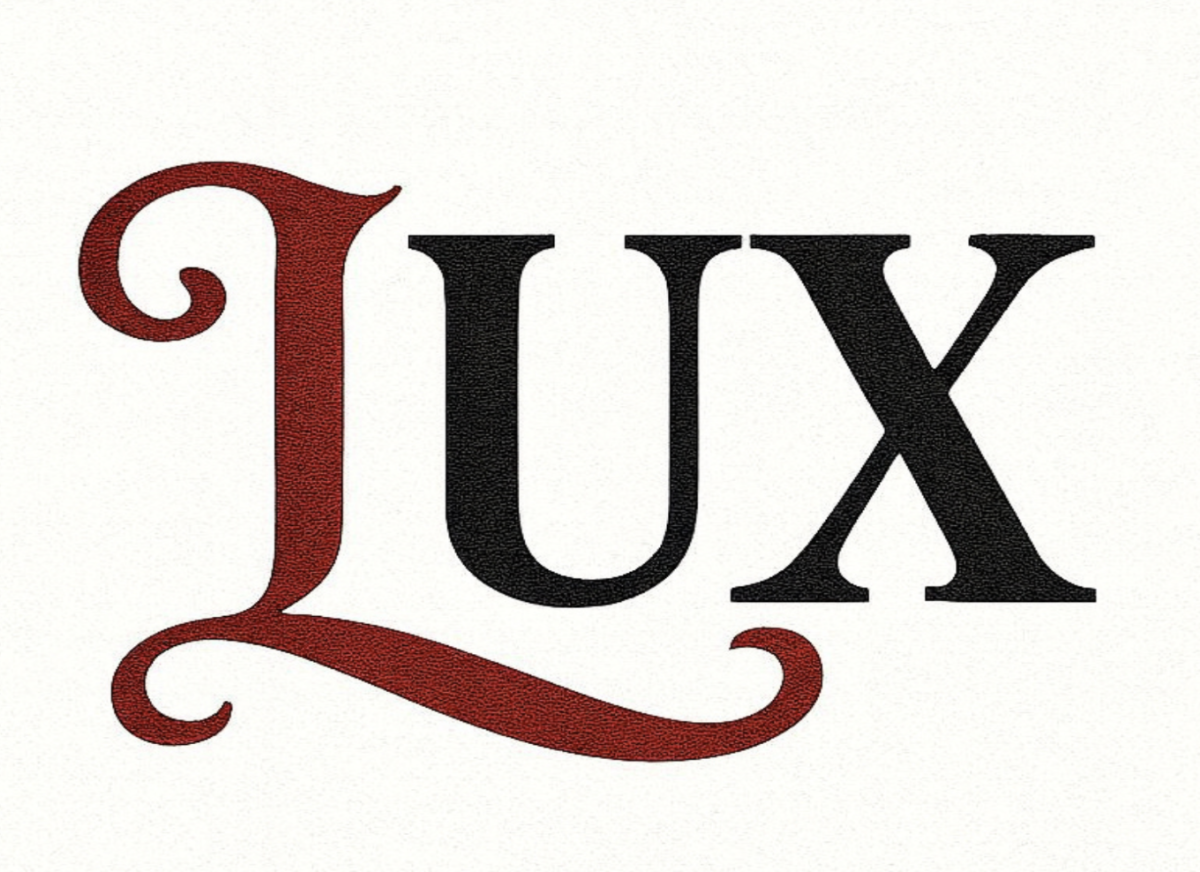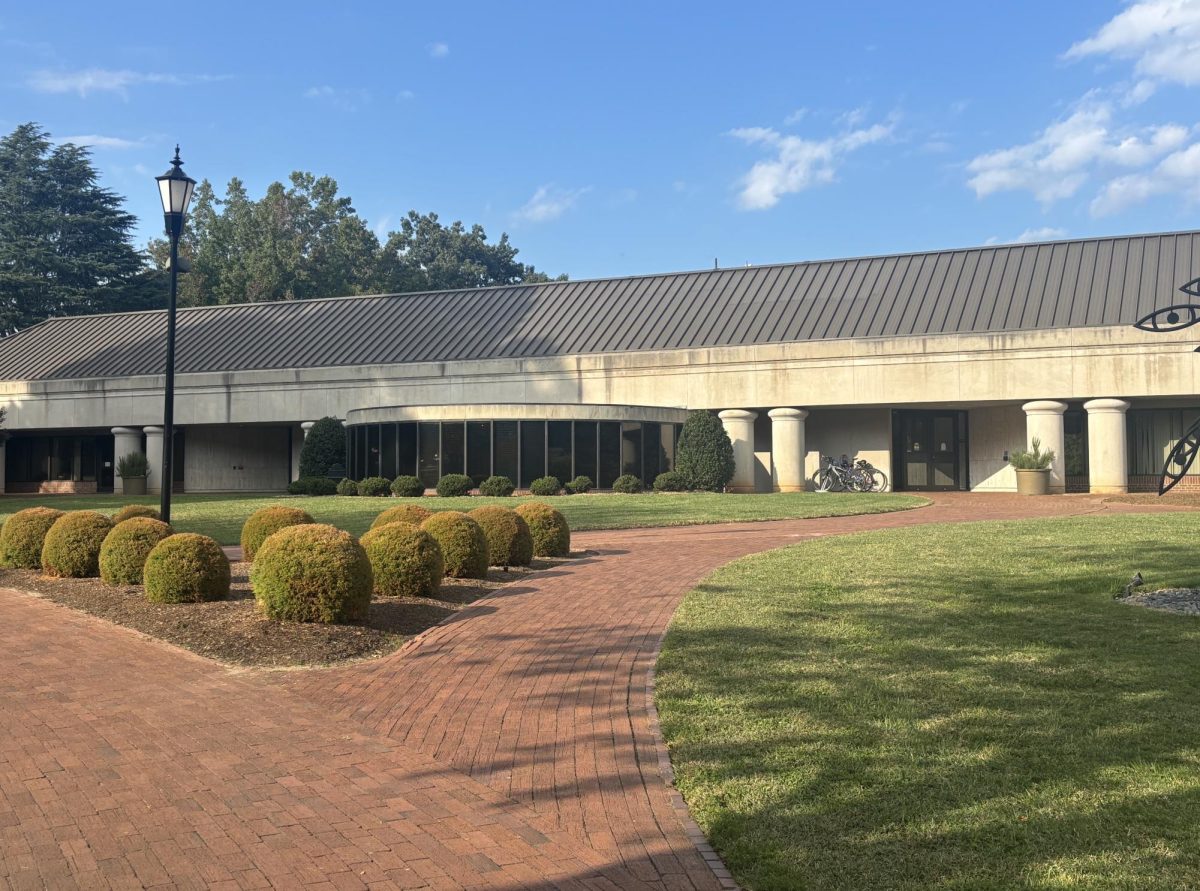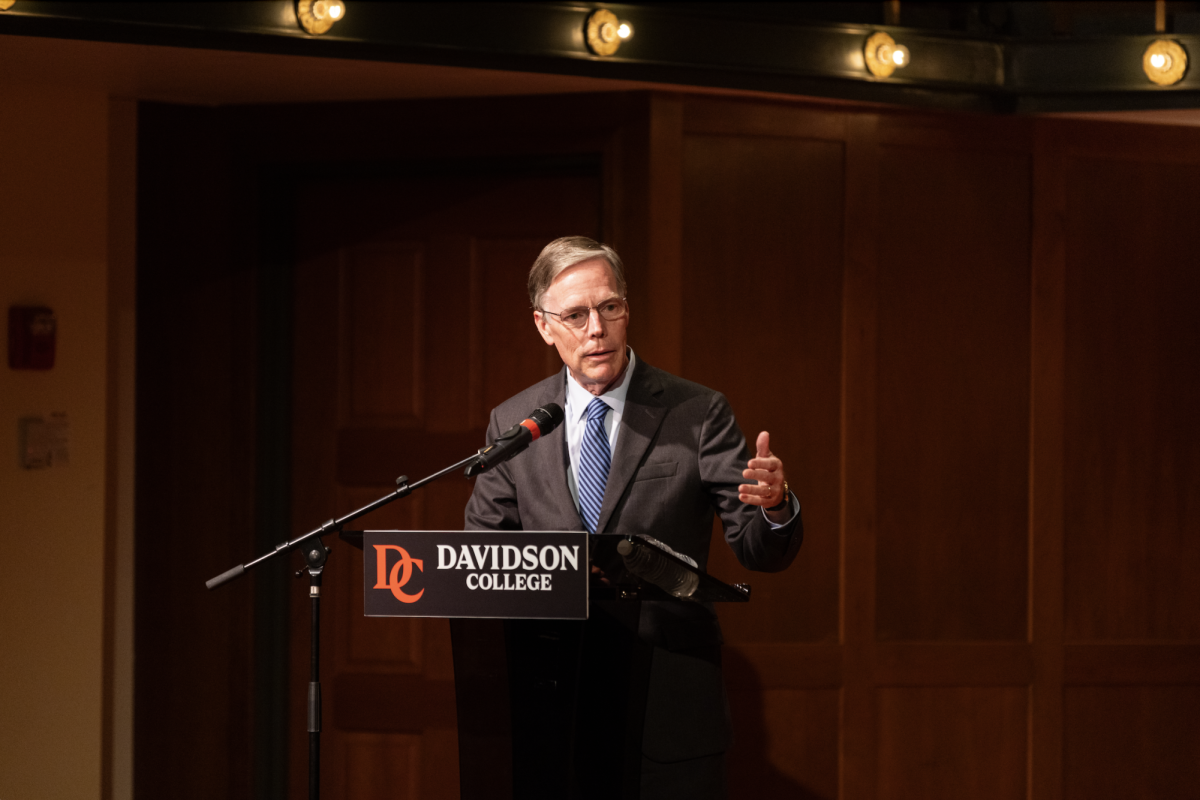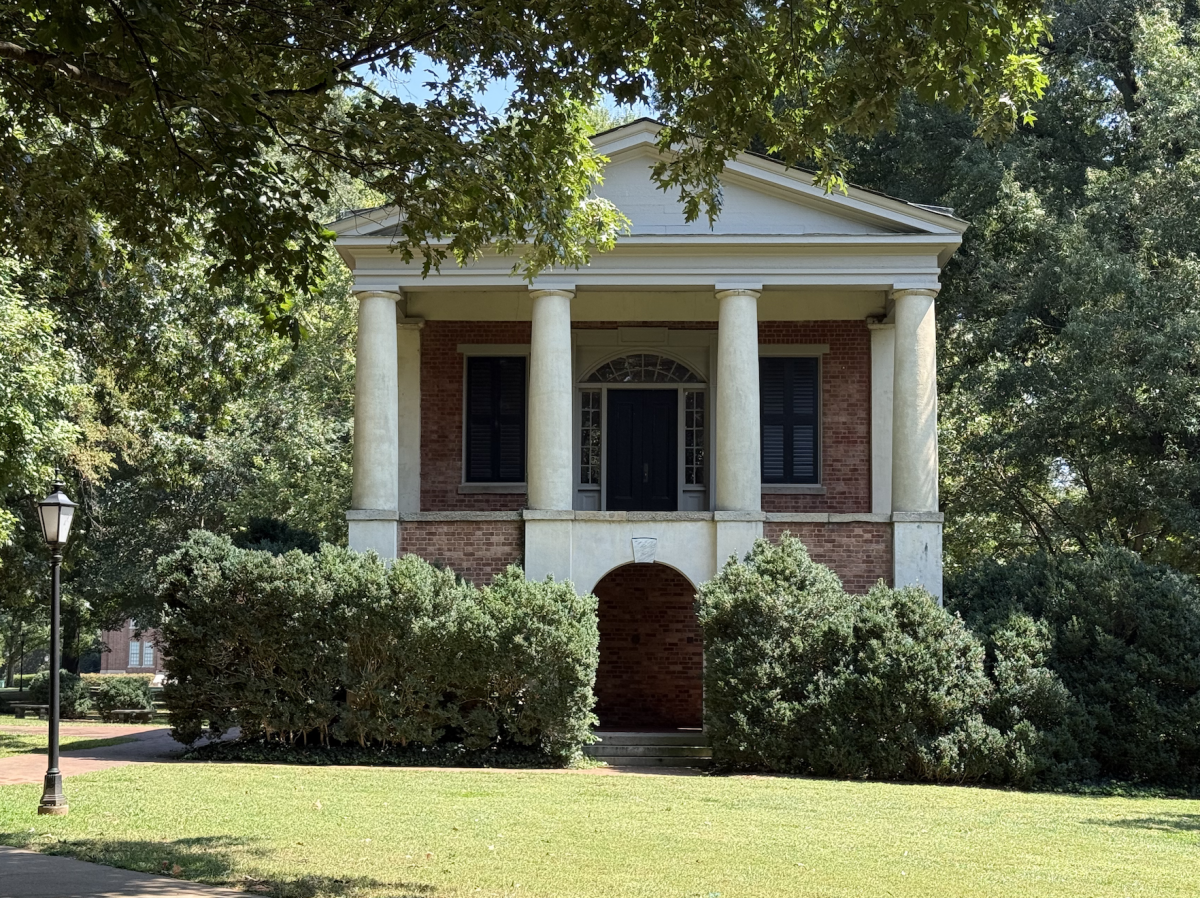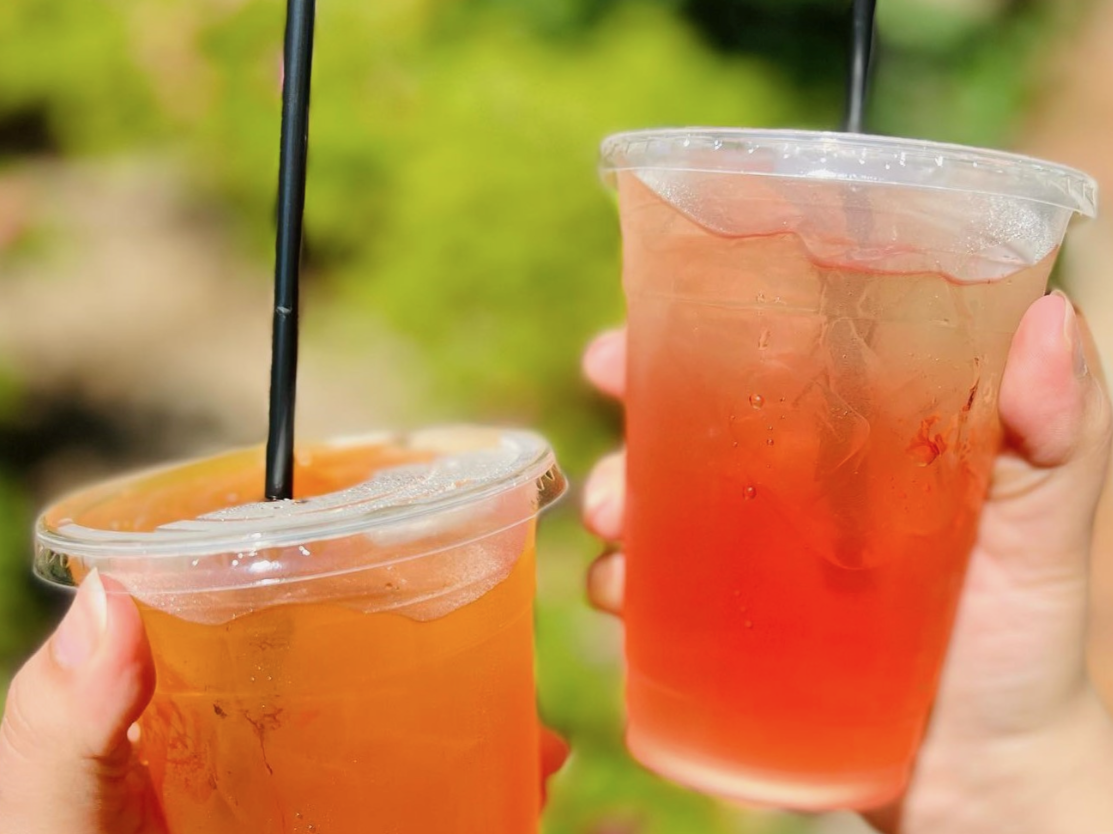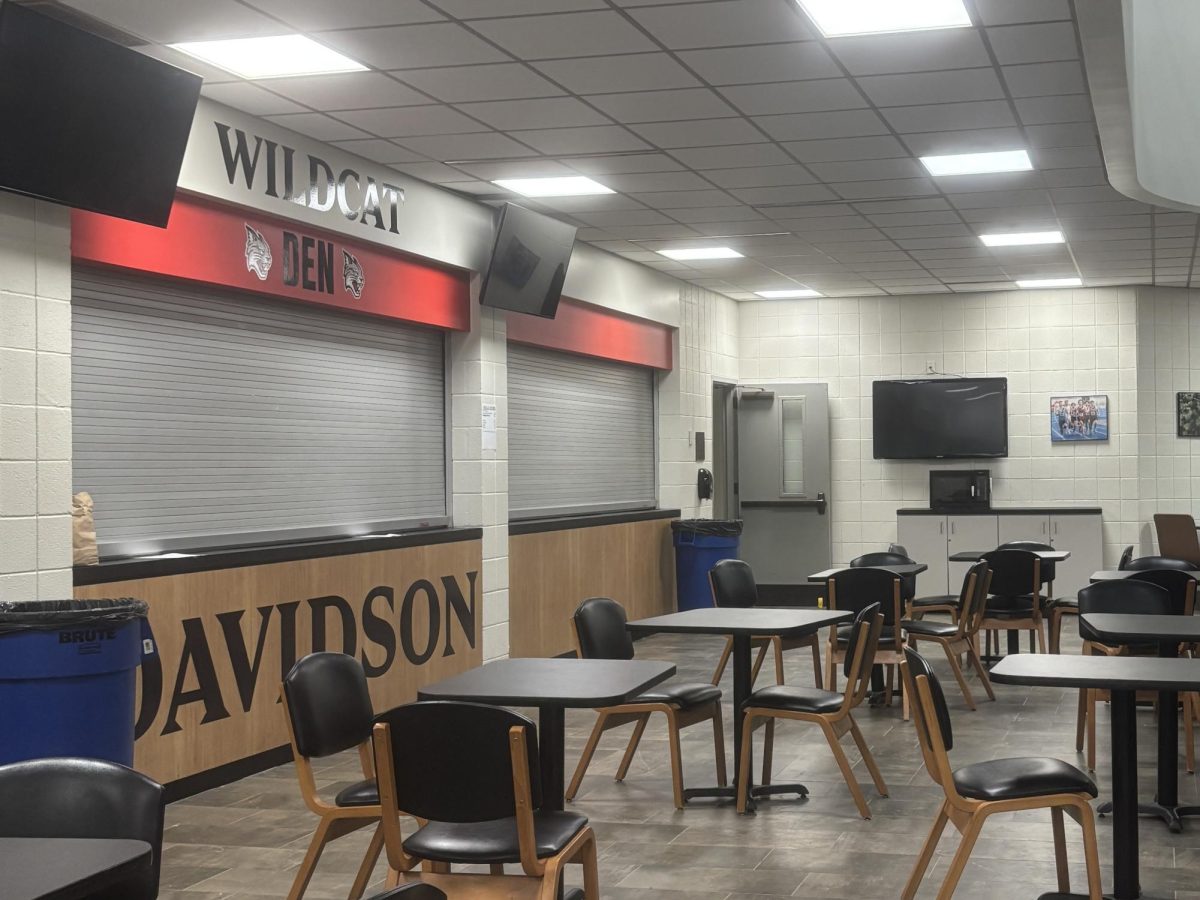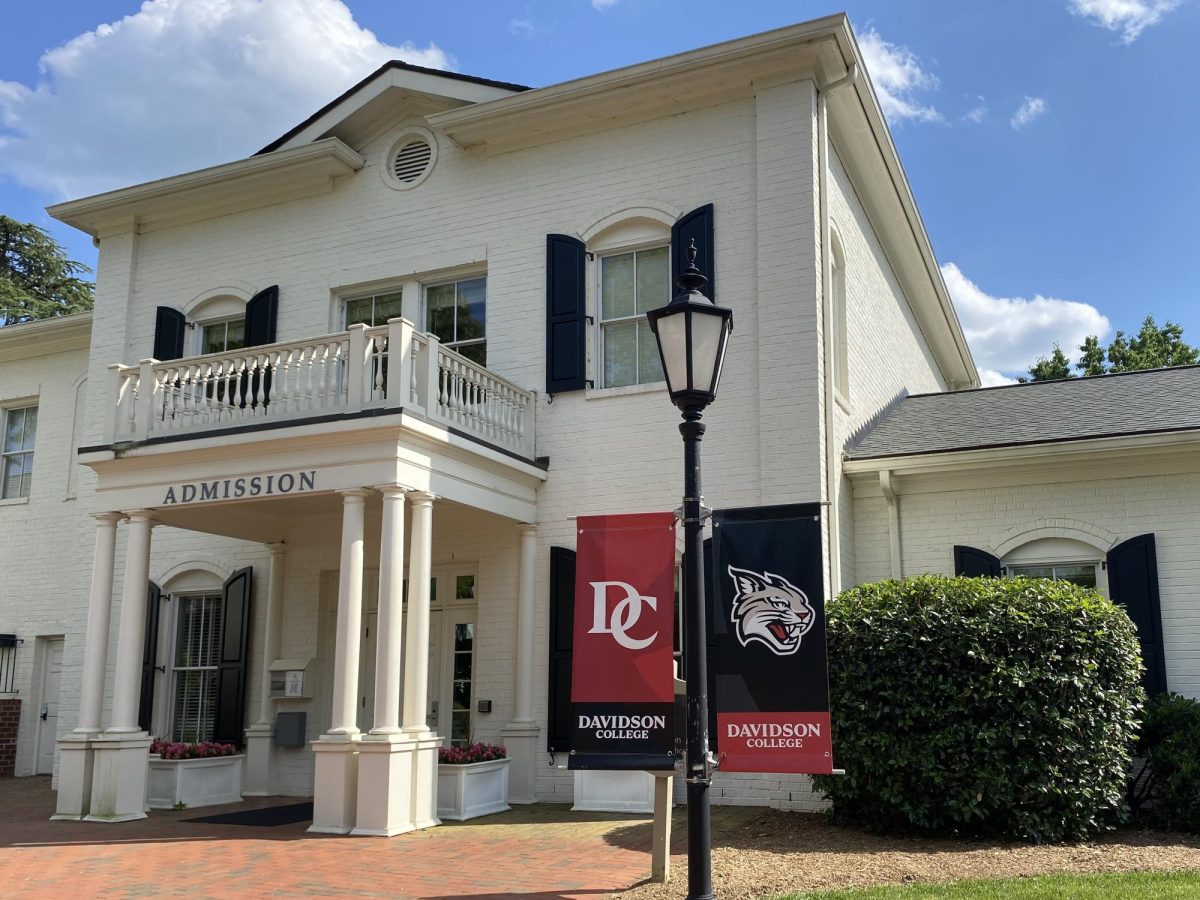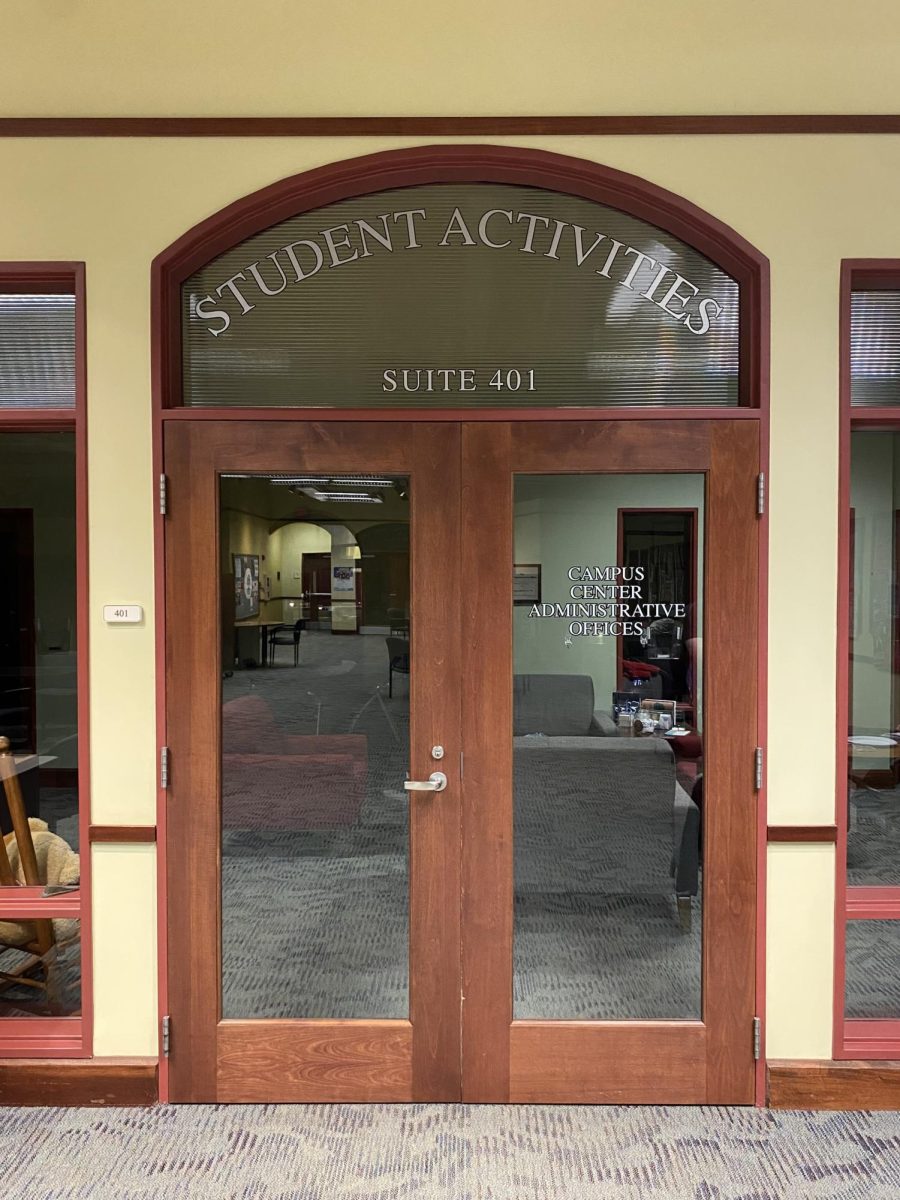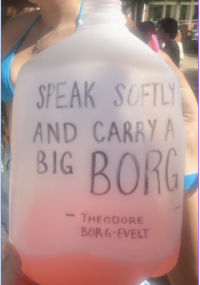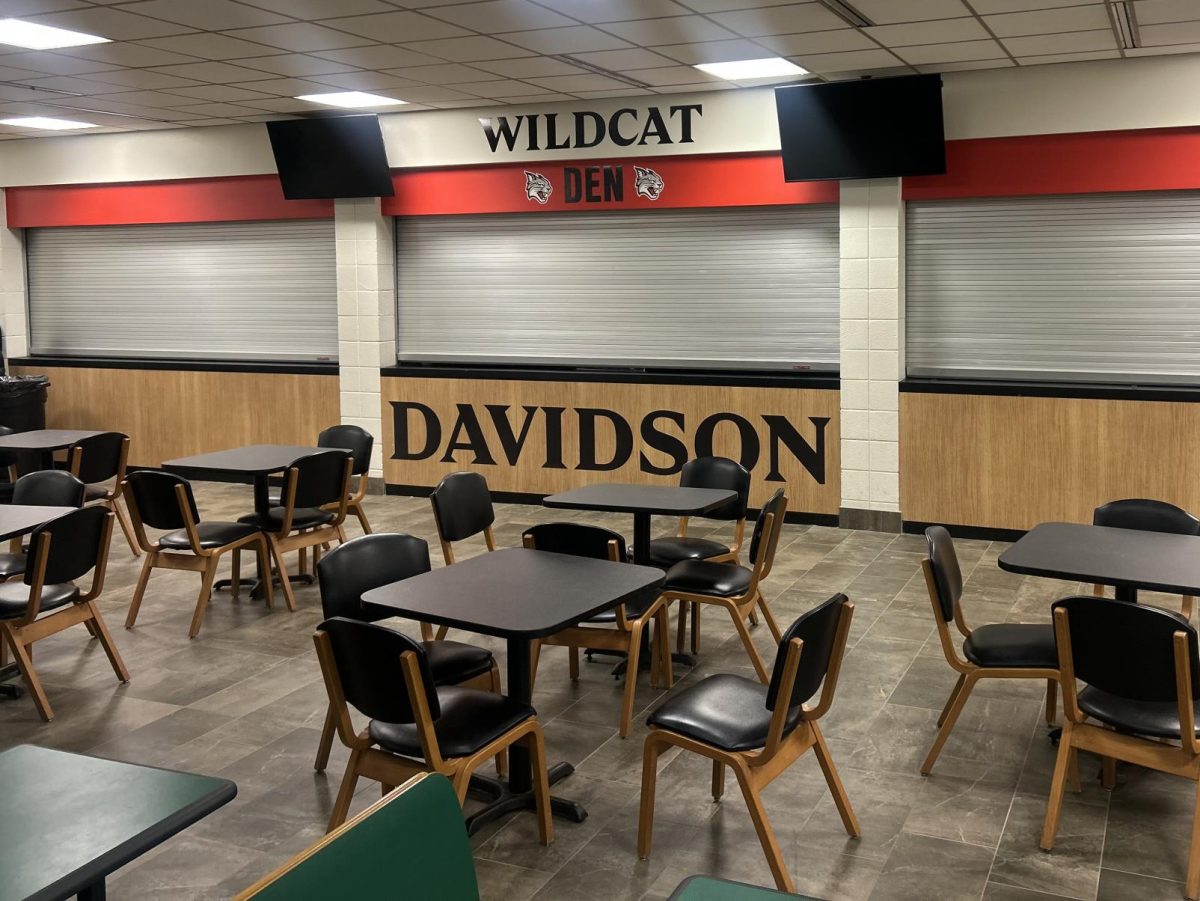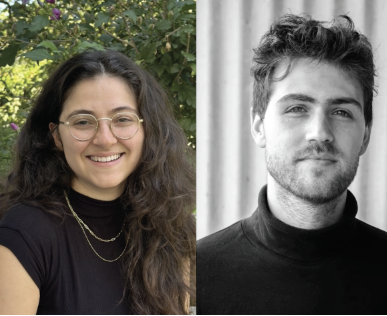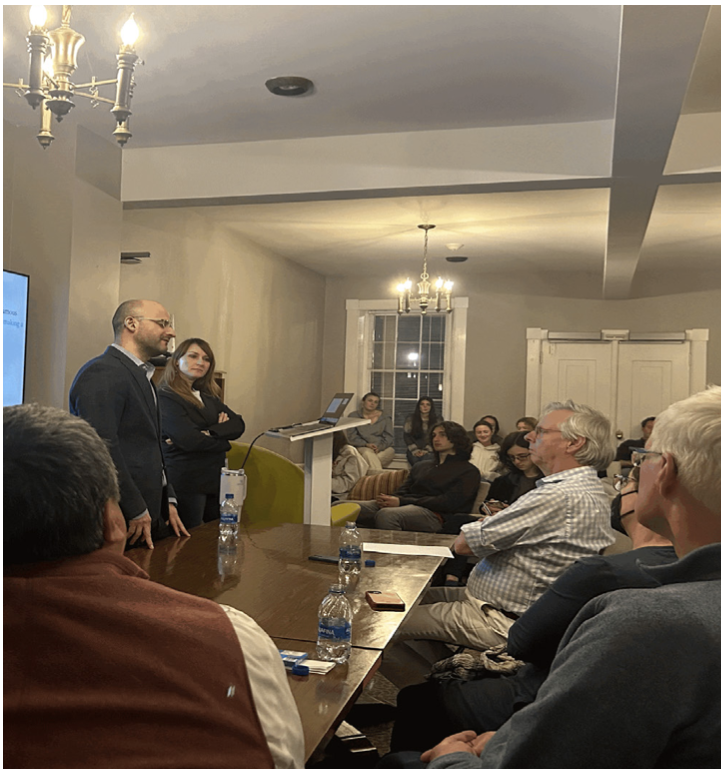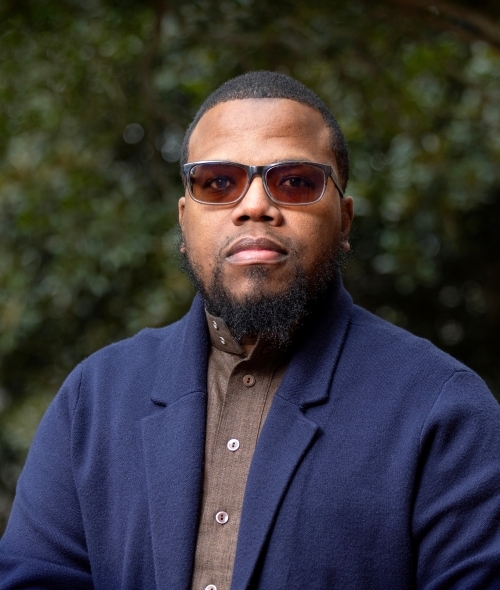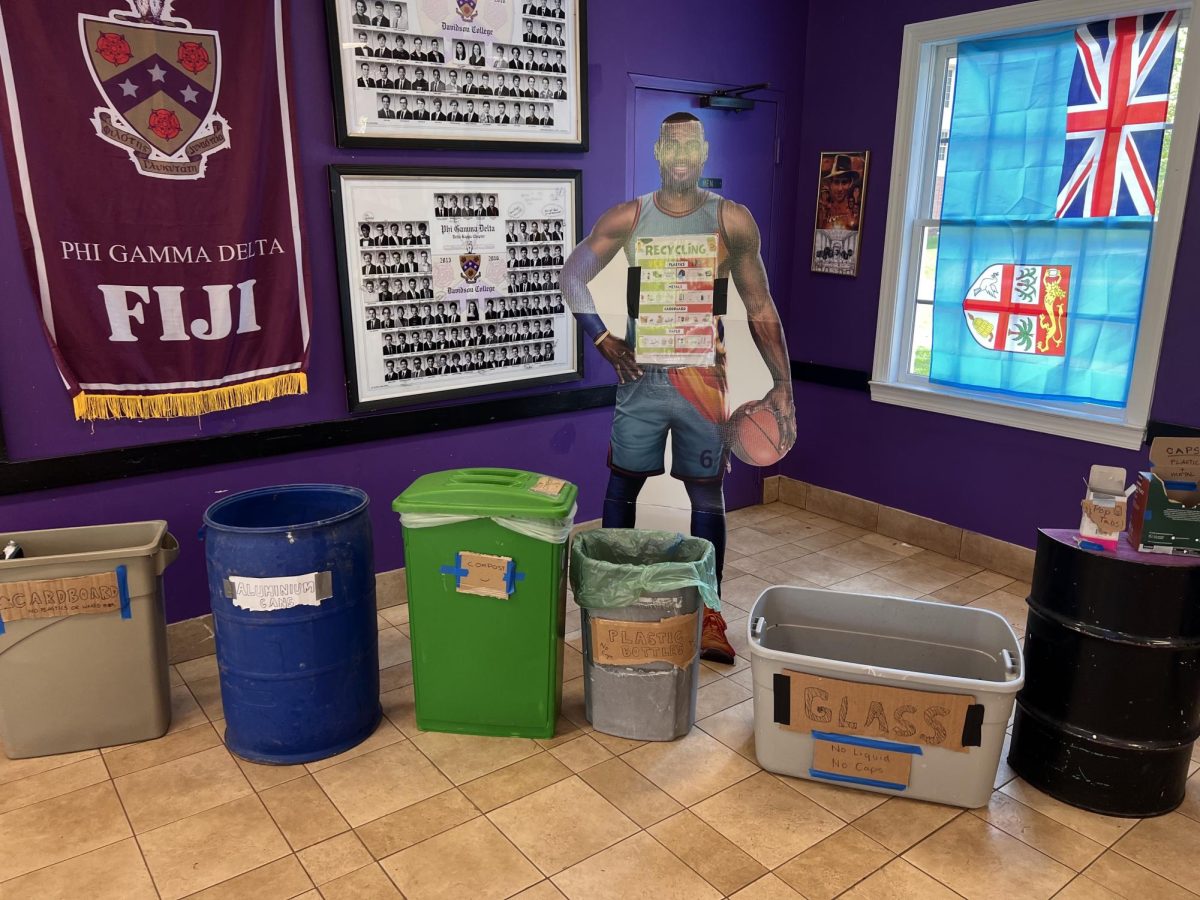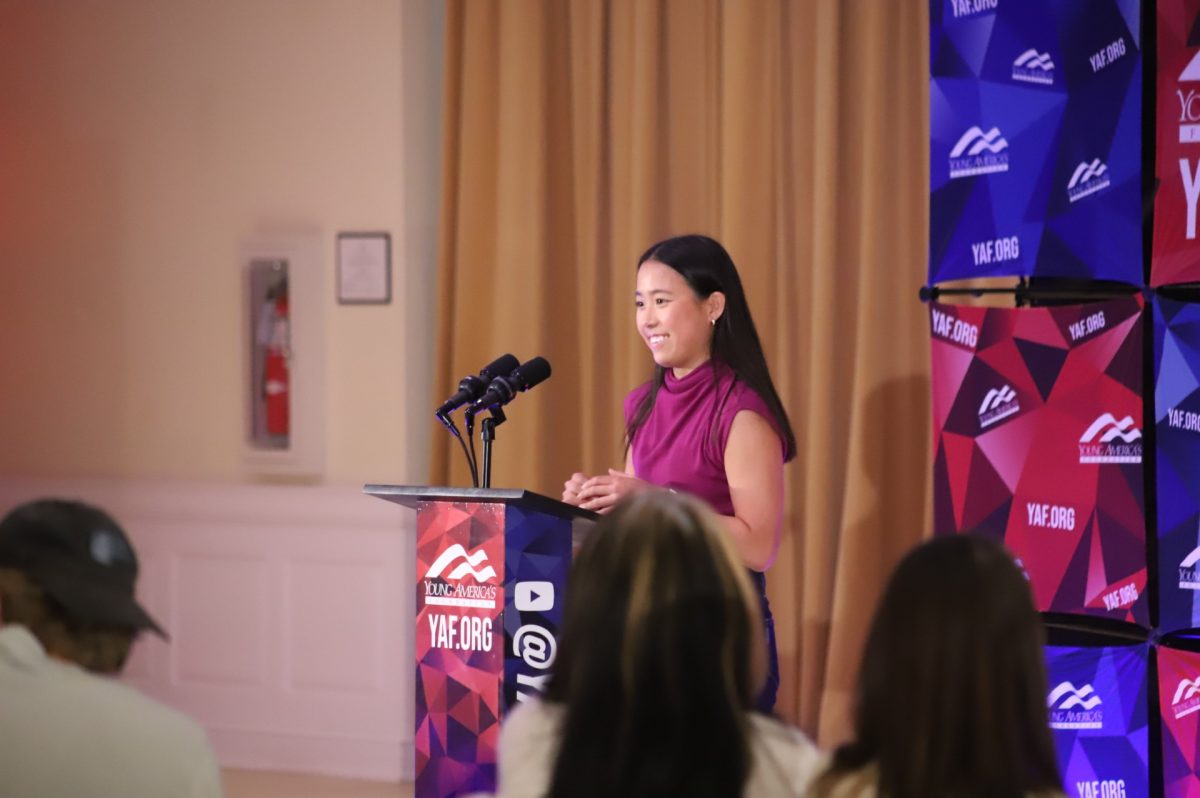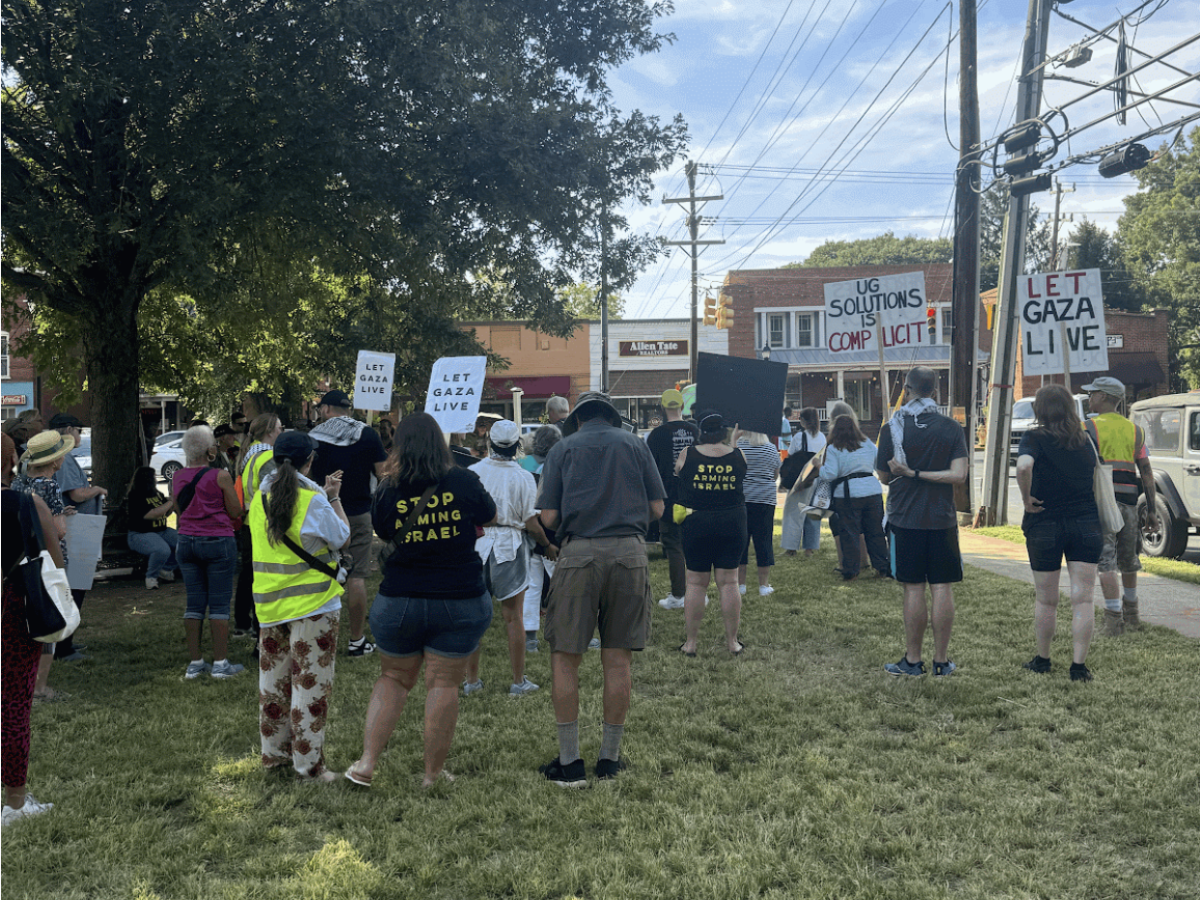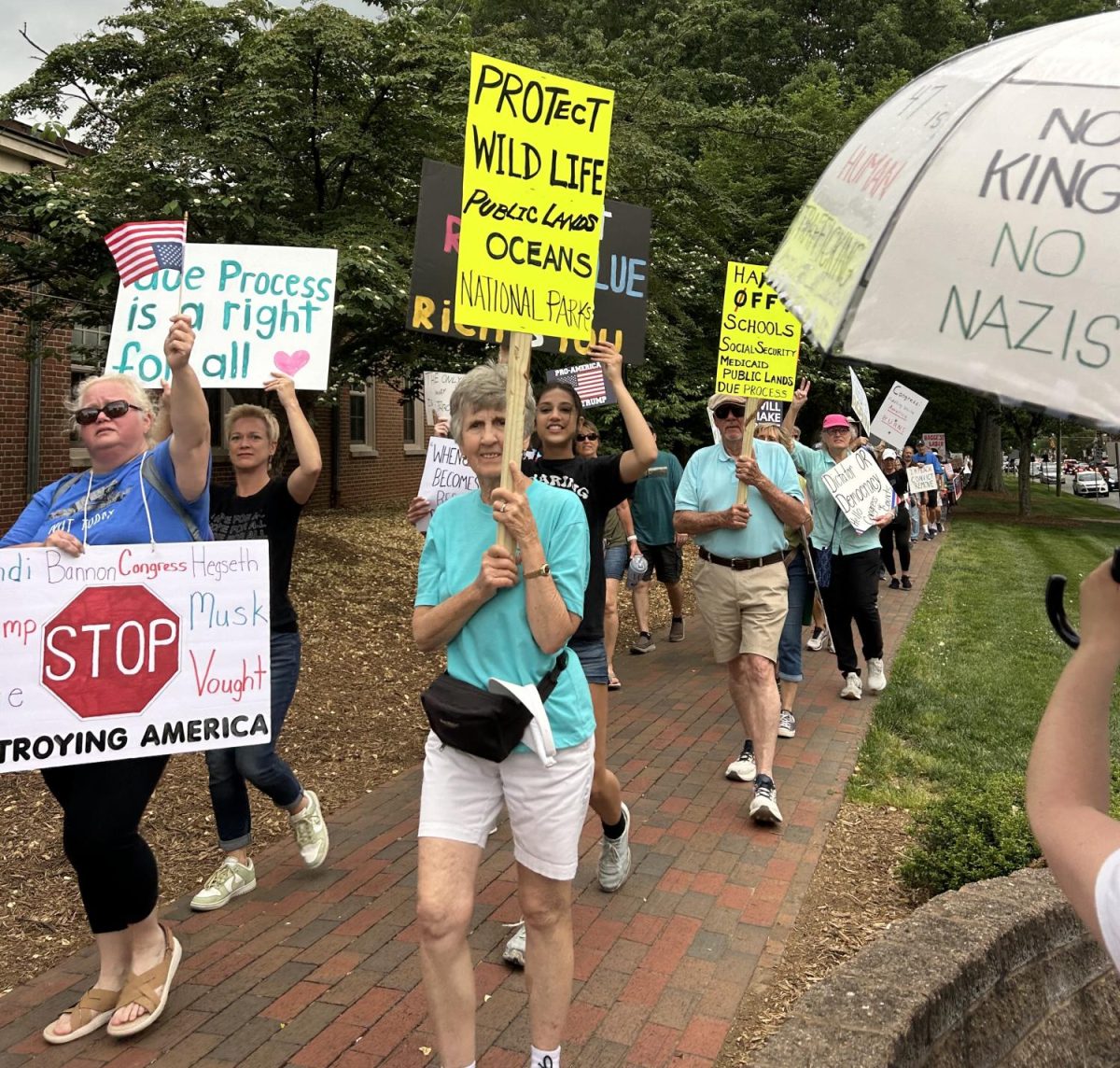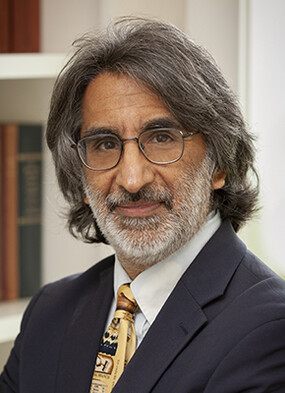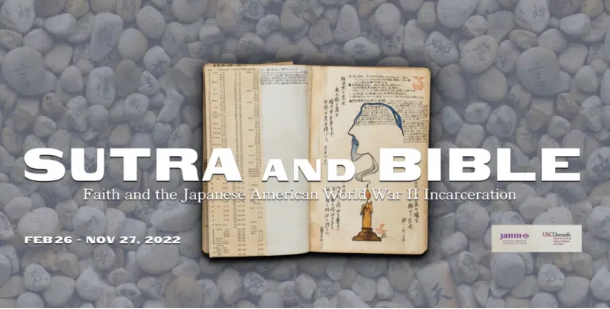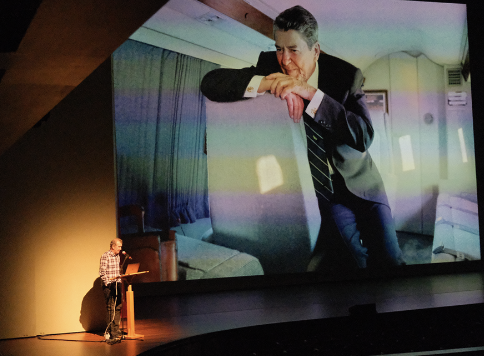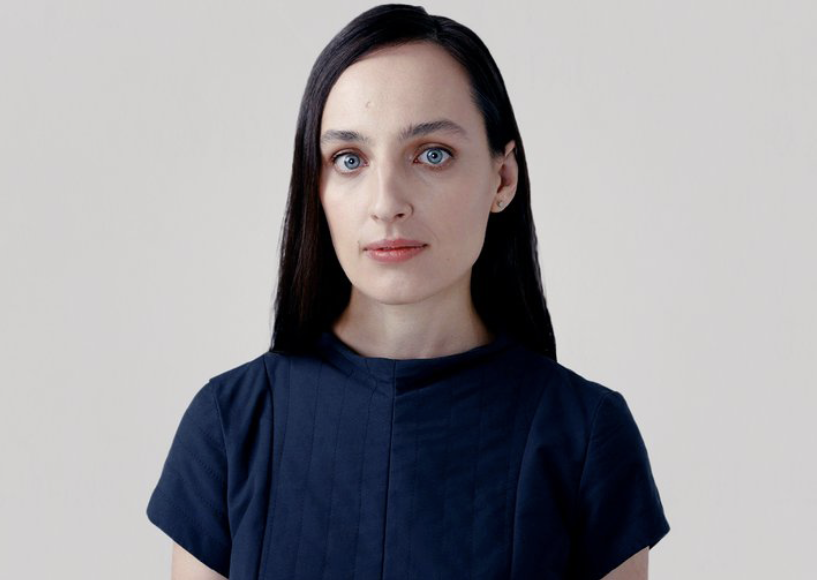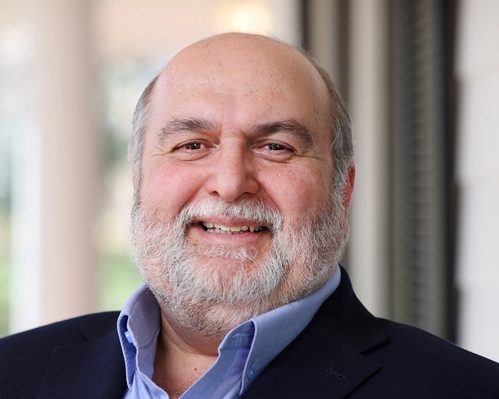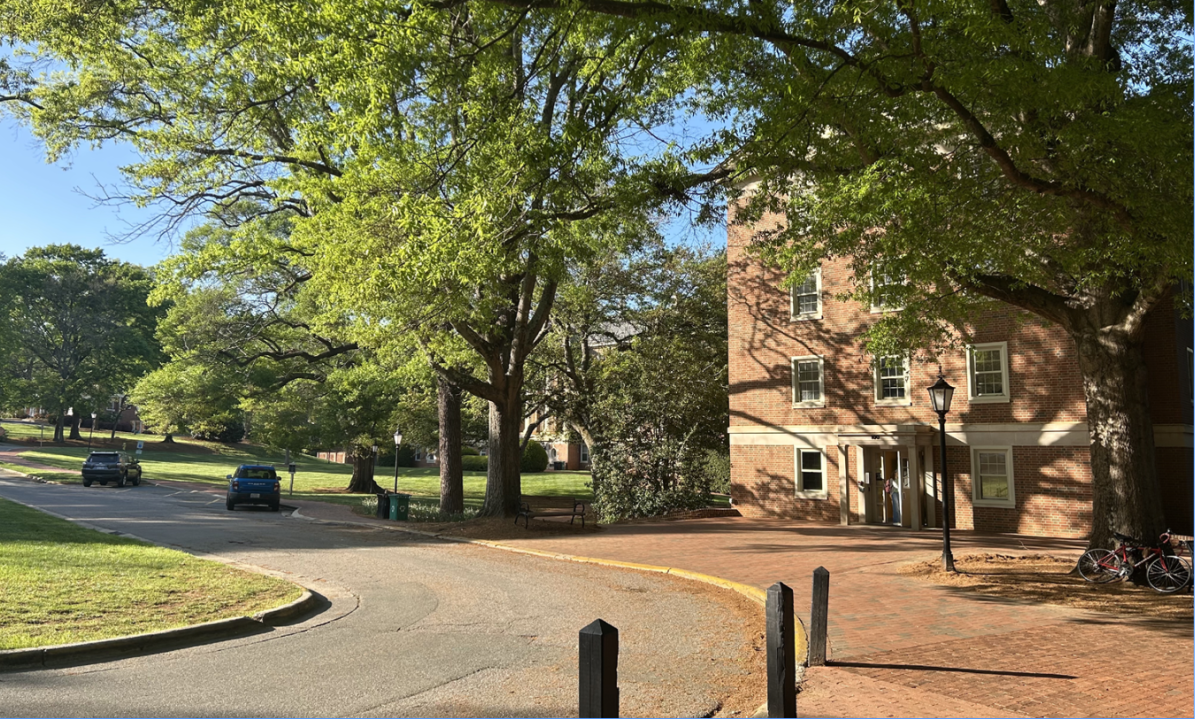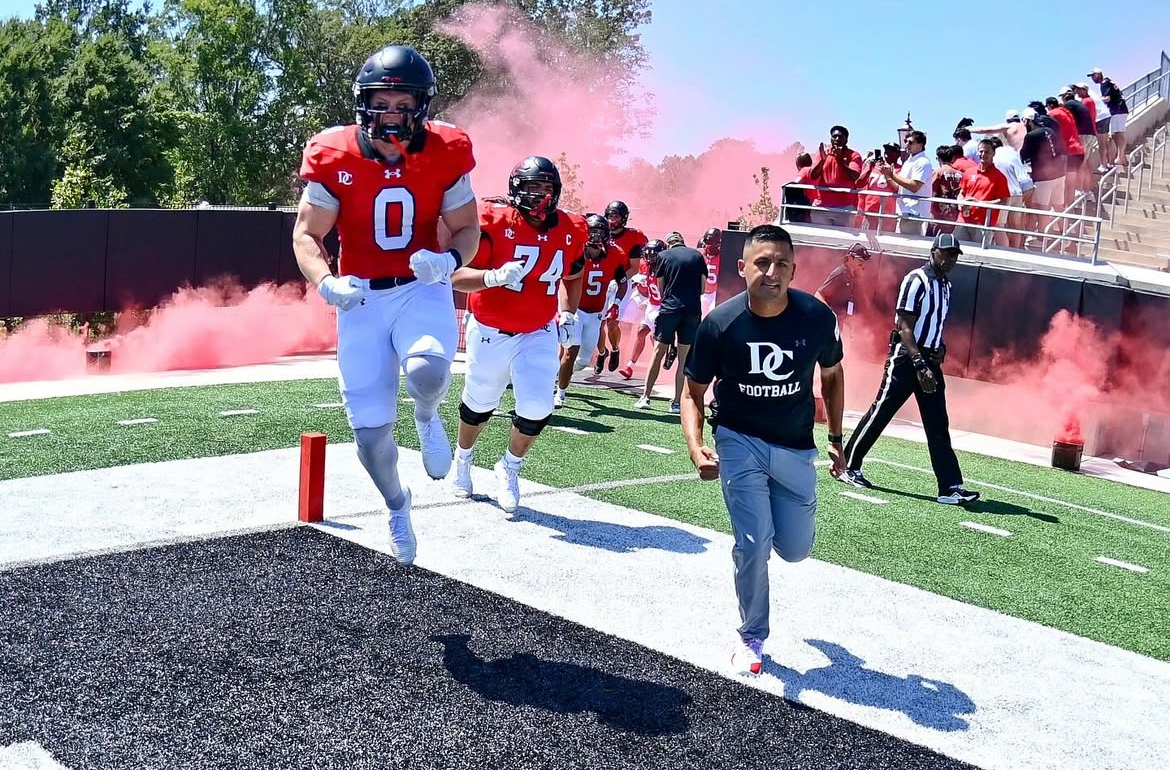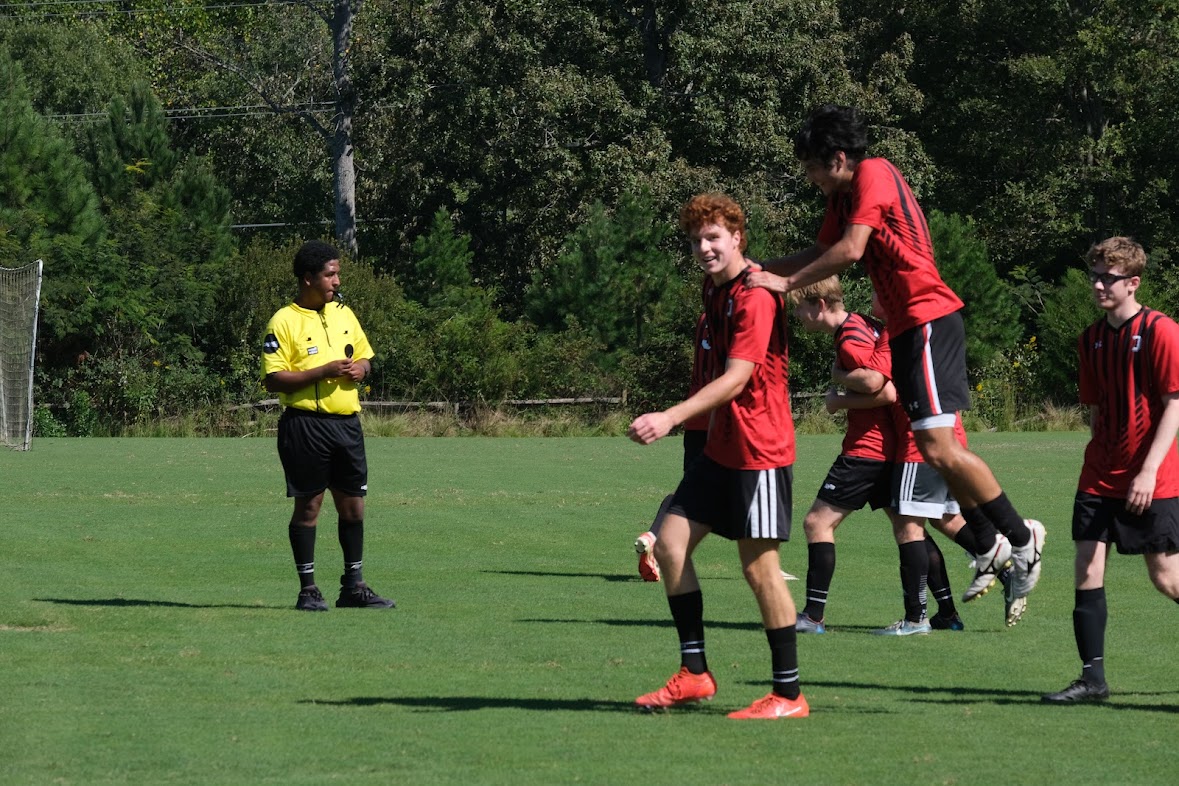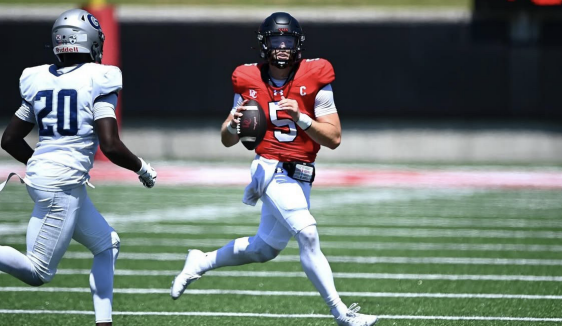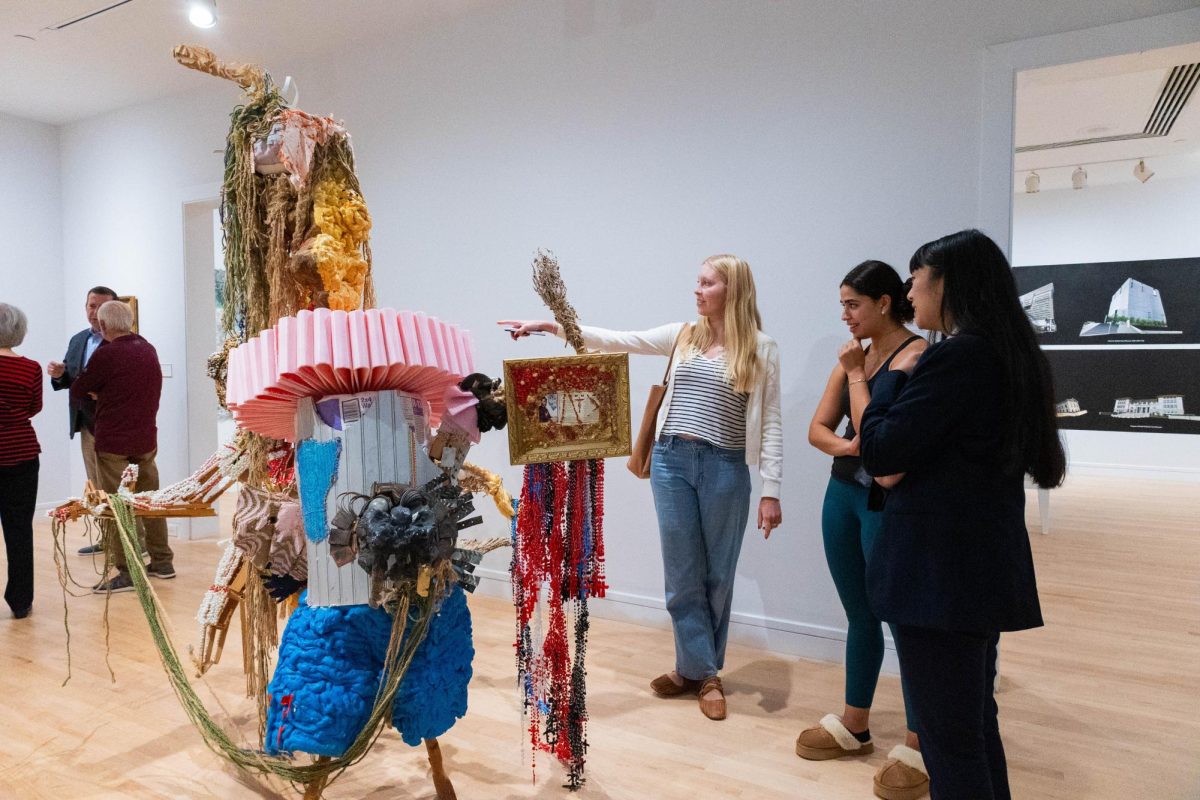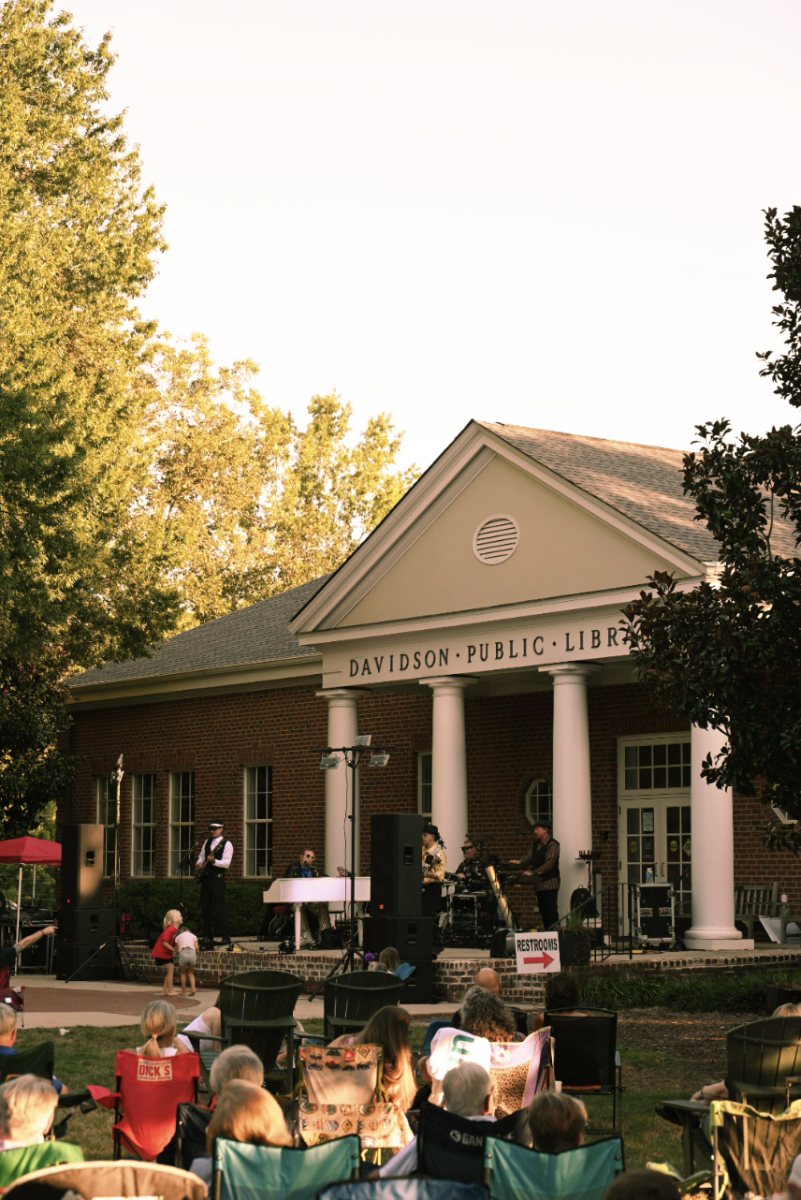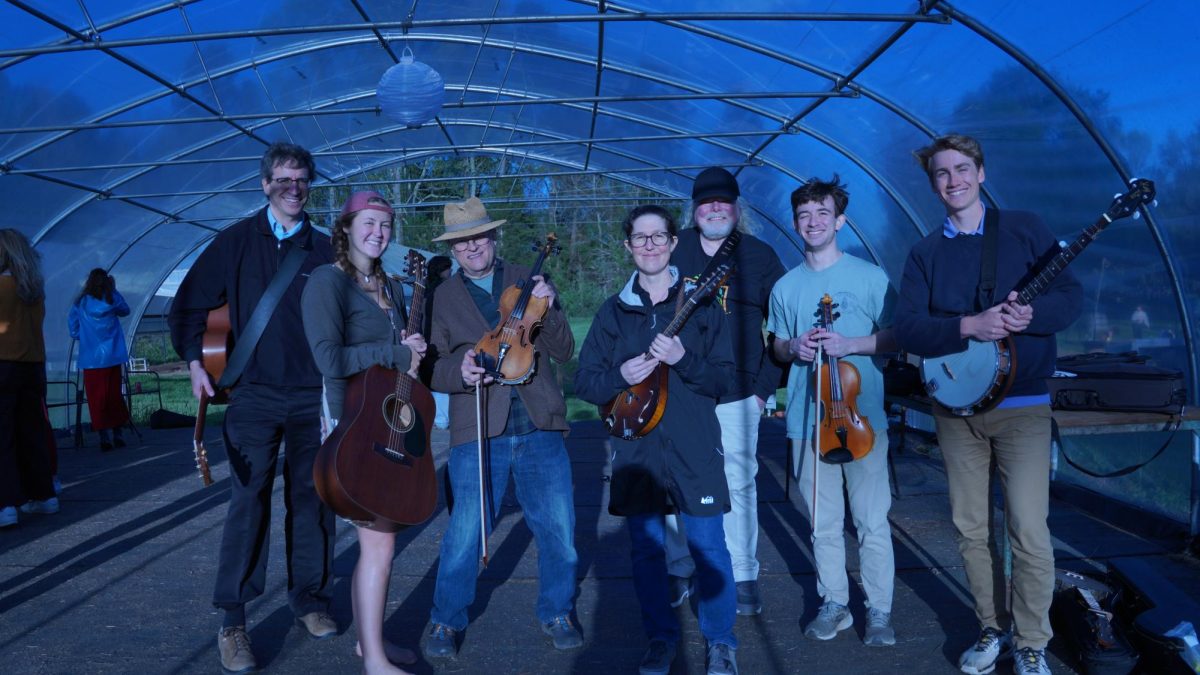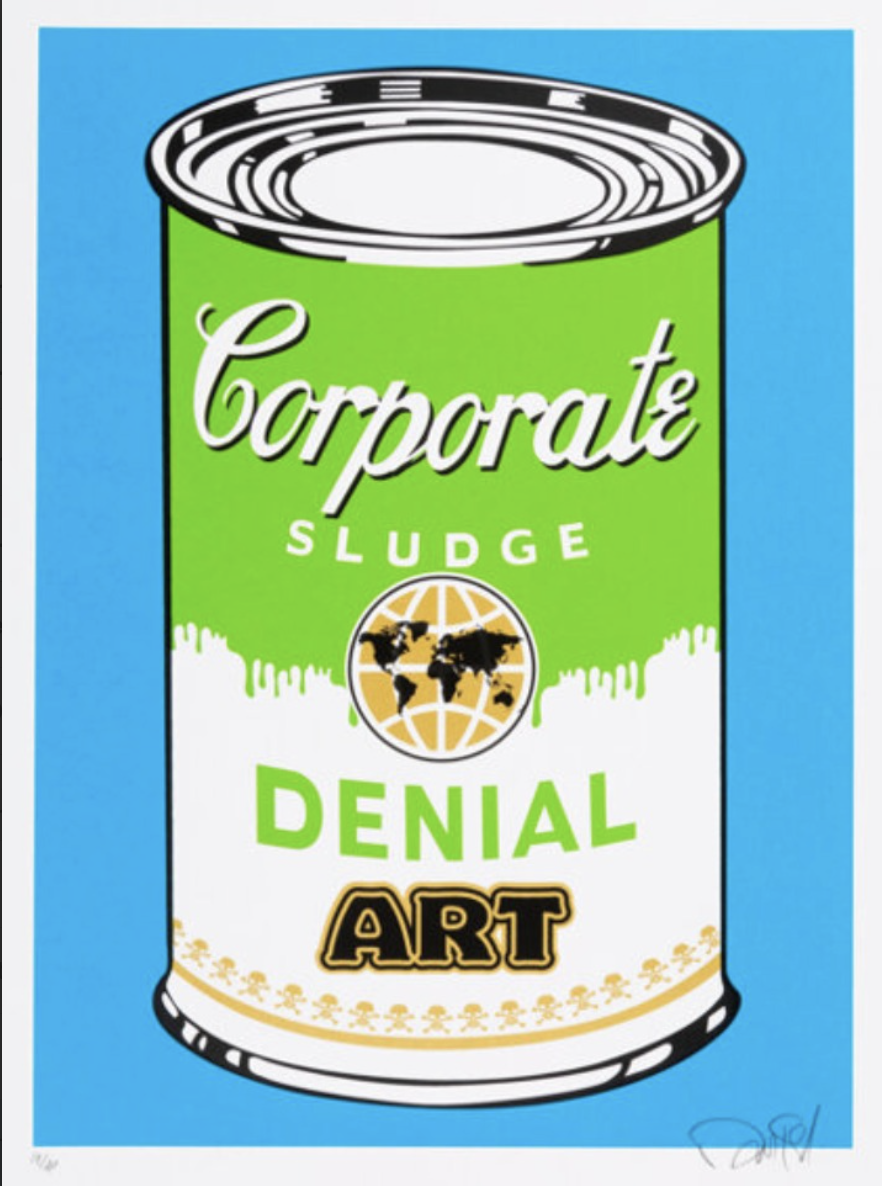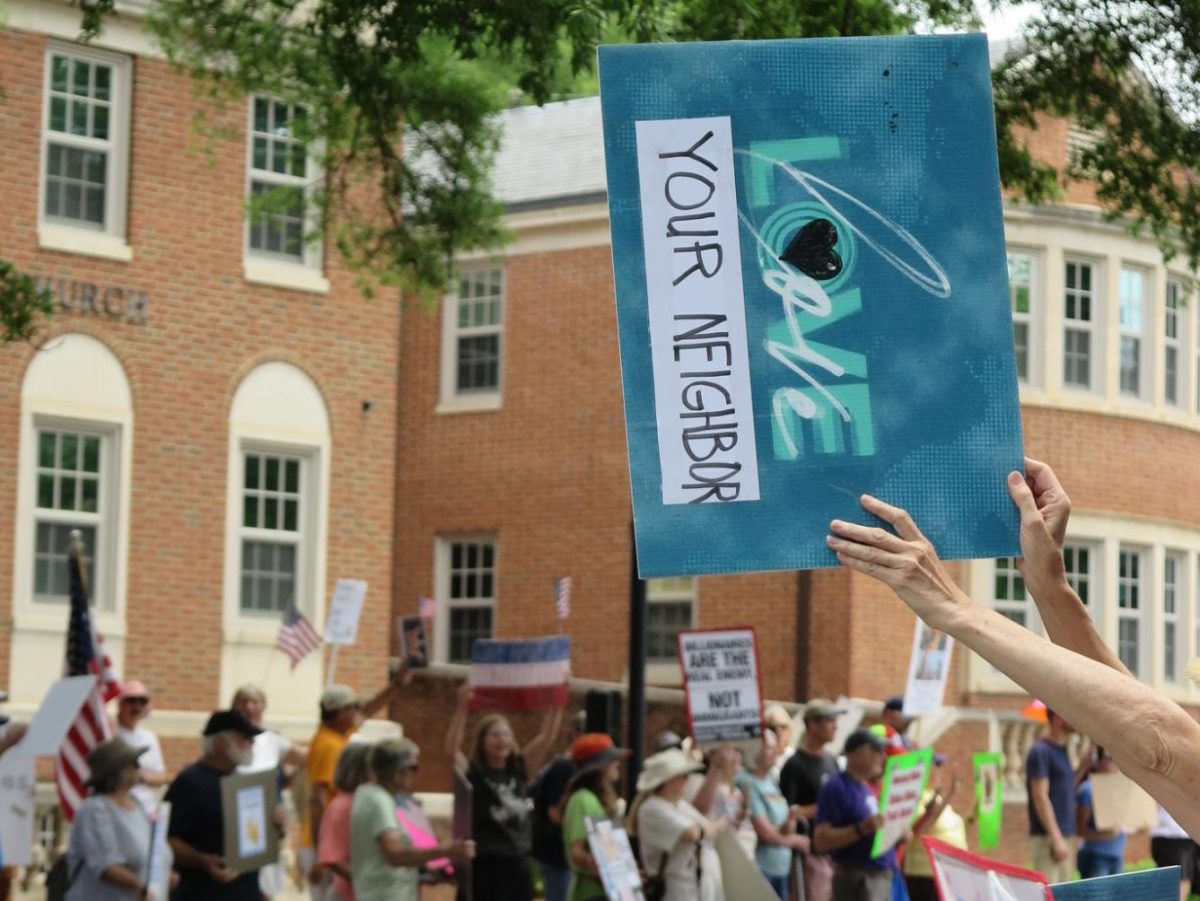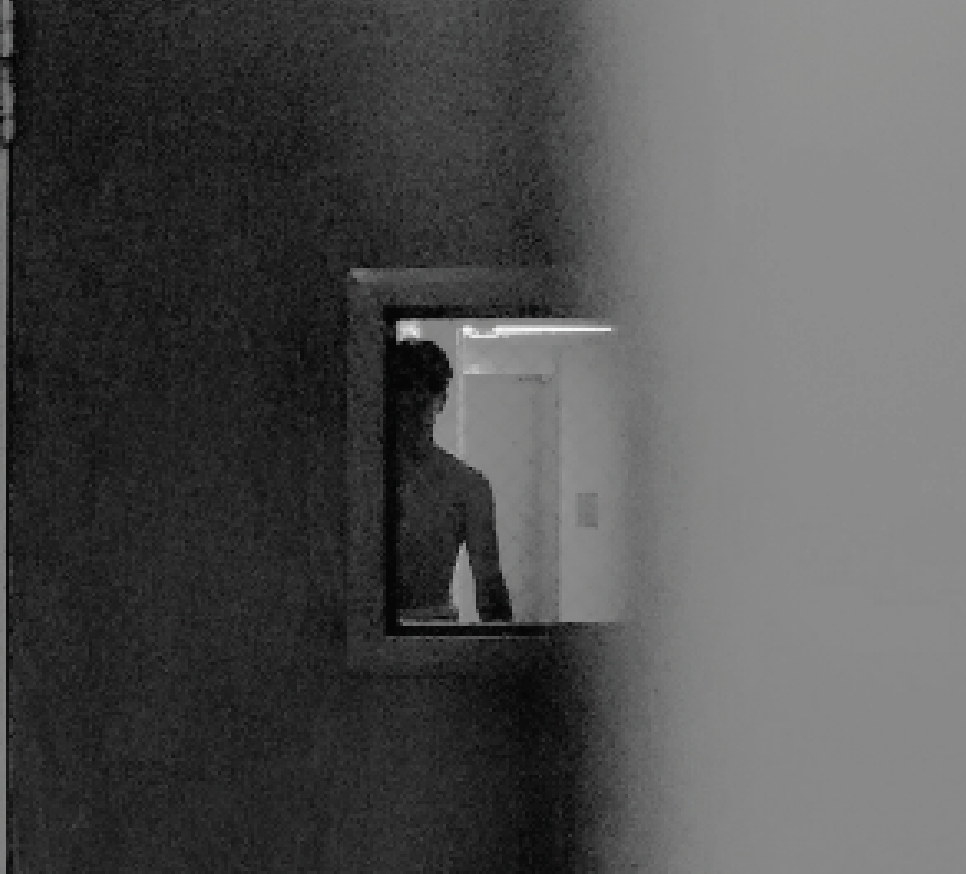Luis Sahagún thinks art needs to evolve. His colleagues agree.
Pieces by four Davidson College studio art professors including Sahagún displayed in the Van Every|Smith Galleries’ “Explorations” exhibit this month aims to do just that. Their selections question the historic conventions of art, offer an exciting glimpse at the future, and showcase each professor’s distinctive style.
Portraits by Sahagún, a visiting assistant professor of sculpture and drawing, subvert ideas about the figures traditionally featured in art by depicting his family members in noble garb.
“Traditionally, artists in history were making work for kings and queens, people in power,” Sahagún said. “I want to celebrate my family in positions of power and authority.”
Sahagún also explores identity through the materials he uses. He almost exclusively utilizes building materials like Gorilla Glue, caulk and fiberglass insulation that harken back to his days as a builder. “What if we saw construction workers or working class folk […] as artists too?” Sahagún said.
The result is mesmerizing pieces that demand introspection, questioning the limited scope of traditional paintings both in method and subject without losing focus of Sahagún and his family.
Associate Professor of Art Katie St. Clair offers her own dissection of material use. Across six years and three bodies of work, her work examines the environmental impact and potential of art.
St. Clair’s pieces draw inspiration from a variety of sources, including mushrooms drying on magazines, abalone shells from a remote archipelago in British Columbia and even scrap materials from her studio.
“I had made these experimental paintings on burlap, where I was using the refuse from my studio floor,” St. Clair said. “They didn’t work out, let’s just say, five years before, so I threw them into the corner of my studio and I didn’t think about them much.”
A papermaking workshop she took at Davidson revitalized the idea. Using plastic collected from the shore and paper pulp as a binder, she created three works exploring the rocky Irish coastline. The pulp and its ability to dissolve in water was particularly potent for capturing the ever-eroding cliffs.
“There’s a very temporal quality to this work that’s all about a permeable surface, both the waste and the beauty of the riches of the natural environment, sandwiched into one and having a conversation,” St. Clair said.
Across the room, Associate Professor of Art Tyler Starr reconsiders the role of public buildings on national thinking. A large print depicts federal buildings across the country at the heart of President Trump’s executive order “Promoting Beautiful Federal Civic Architecture,” which calls for said buildings to prioritize neoclassical architecture over modernist styles.
It has become contentious in DC art circles, with some calling it a return to the public’s preferred style and others accusing it of stoking fascist ideologies. Starr’s goal is to spark conversation, not controversy.
“The way I present the work, hopefully it’s more of an engagement with providing information and then perhaps a mutual question with the audience, and then providing the raw information,” Starr said.
Starr’s commitment to neutrality is evident in his craft. The print poses itself as much more of a question than a statement, its looming presence across the wall demanding it be addressed but not offering answers.
In the next room, behind a heavy curtain, lies the work of Joelle Dietrick, Associate Professor of Art and Film, Media and Digital Studies.
The inside of the blacked-out room feels something like a trip through space. “Chasing the Sun (UTC)” (2025) is a digital installation featuring 24 columns for each of the time zones. Within each column is remnants of an extinct plant and a sustainable home designed by a woman.
The spacy feeling, aided by sound machines and dim lighting, was first envisioned by Dietrick’s then-five year old daughter Sophia.
“[Sophia] said, ‘if I could chase the sun, would I never have to sleep?” Dietrick said.
In collaboration with Charles Nichols, professor of music at Virginia Tech, she created the exhibit that is also being shown at the European Cultural Center in Venice, Italy.
“It’s a bizarre little piece,” Dietrick said. “I like sitting with it, so I hope other people do as well.”
The artists will be hosting a coffee and conversation on Sept. 23 from 11:05a.m. to 12.05p.m. The works will be on display until Oct. 1 before space is made for the next exhibit.

